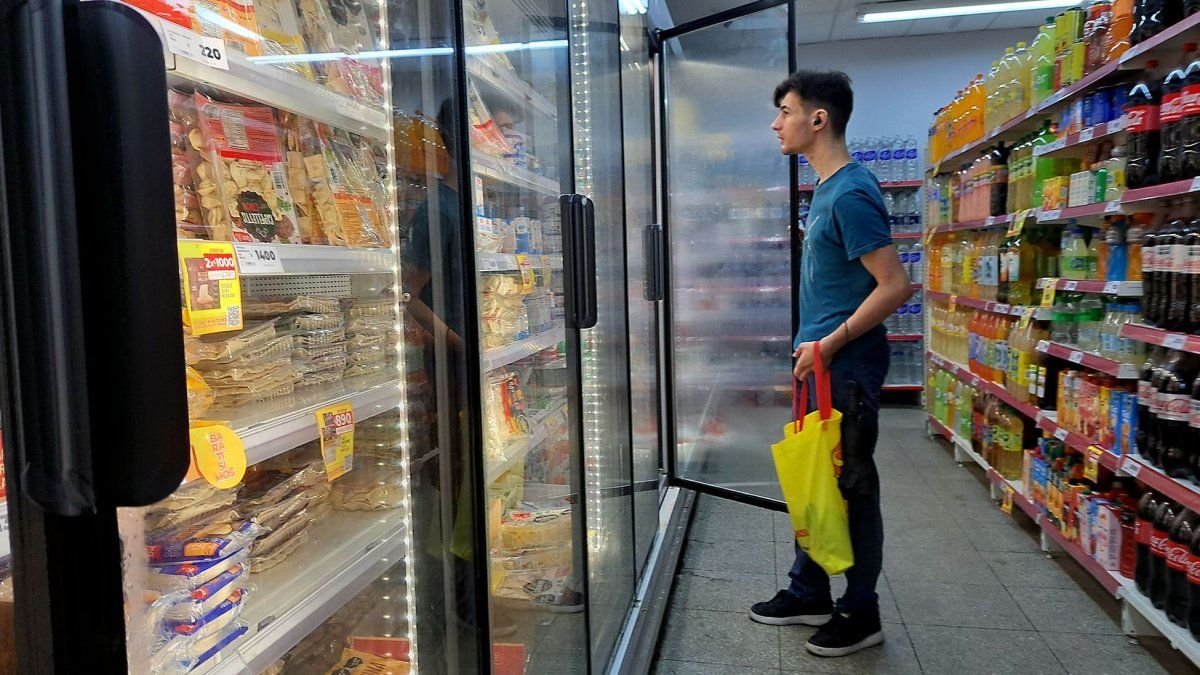Menu
They foresee increases for May and revealed what products were stopped consuming
Categories
Most Read
Rising inflation: These foods have become particularly expensive
October 14, 2025
No Comments
Ex-real estate tycoon: Benko in court: Ex-billionaire pleads not guilty
October 14, 2025
No Comments
Energy transition: Why less heating isn’t everything
October 14, 2025
No Comments
First estimate confirmed: peak in September: inflation rises to 2.4 percent
October 14, 2025
No Comments
Fighting paper fish: What helps against the insects?
October 14, 2025
No Comments
Latest Posts

Iran claims that Donald Trump’s call for peace contradicts US actions
October 14, 2025
No Comments
October 14, 2025 – 08:53 Tehran responded to Donald Trump’s speech in Israel and maintained that his words about dialogue contradict Washington’s military actions. Iran

Before the Nations League: Berger is missing from the DFB squad for France games
October 14, 2025
No Comments
PierceI am Pierce Boyd, a driven and ambitious professional working in the news industry. I have been writing for 24 Hours Worlds for over five

Gianni Infantino: What is the FIFA boss doing at the Gaza summit?
October 14, 2025
No Comments
FIFA President The strange guest – what was Infantino doing at the Gaza summit? It seemed very strange: Fifa boss Gianni Infantino was a guest
24 Hours Worlds is a comprehensive source of instant world current affairs, offering up-to-the-minute coverage of breaking news and events from around the globe. With a team of experienced journalists and experts on hand 24/7.

